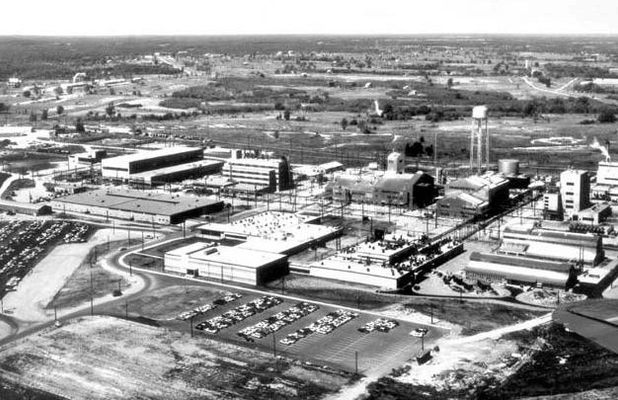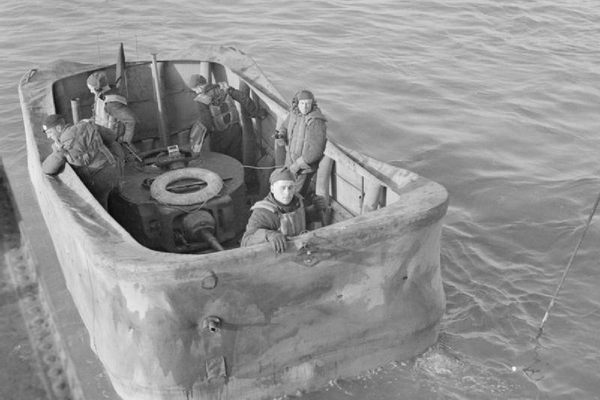About
Just off the side of the highway in St. Charles, Missouri, is an odd white stone mound that hides a hermetically sealed vault full of the toxic byproducts of midcentury American weapon production.
One morning in late 1940, every household in the small Missouri towns of Howell, Hamburg, and Toonerville awoke to a letter from the United States War Department. All the letters bore the same message: residents had less than 45 days to pack their things and leave. Land was sold and buildings torched as 576 people made way for the largest explosives plant in the United States. From 1941—1945, the Weldon Spring Ordnance Works produced over 750,000,000 pounds of TNT and DNT for the allied war effort. After World War II ended, workers began burning contaminated factory buildings, initiating an extended legacy of mismanaged toxicity.
As Cold War tensions escalated in the 1950s, the U.S. Atomic Energy Commission began using the land for uranium processing. Radioactive waste products from the plant were all dumped in a nearby limestone quarry. By the time the factory closed in 1966, the quarry had become a vast cesspool of poisonous materials. Over the next 20 years, the area in what is now St. Charles County was an abandoned hellscape of toxic pits and blown-up buildings. Amid the asbestos and the sludge, thousands of unlabeled chemical drums stood as ghostly markers of the country’s nuclear ambitions.
The EPA declared Weldon Spring a superfund site in the late 1980s, triggering a massive cleanup effort — the borders of the area were not far from local drinking wells. By 2002, the U.S. Department of Energy had siloed over 1.48 million cubic yards of toxic waste into a single holding cell. Within a larger network of parks and biking trails, the white fortress is now the single monument to the region’s messy history. Visitors can climb to the summit of the steep tomb, which is 75 feet high. In what is otherwise an extraordinarily flat county, Weldon Spring provides an impressive view in all directions.
No need to rush to enjoy it — this strange coffin is built to quarantine its troublesome insides for the next 1,000 years. Once you return to reality, a modest museum explains the herculean labor of containment that was required.
Related Tags
Know Before You Go
There is also very interesting interpretive center located on site.
Community Contributors
Added By
Published
March 15, 2016


























